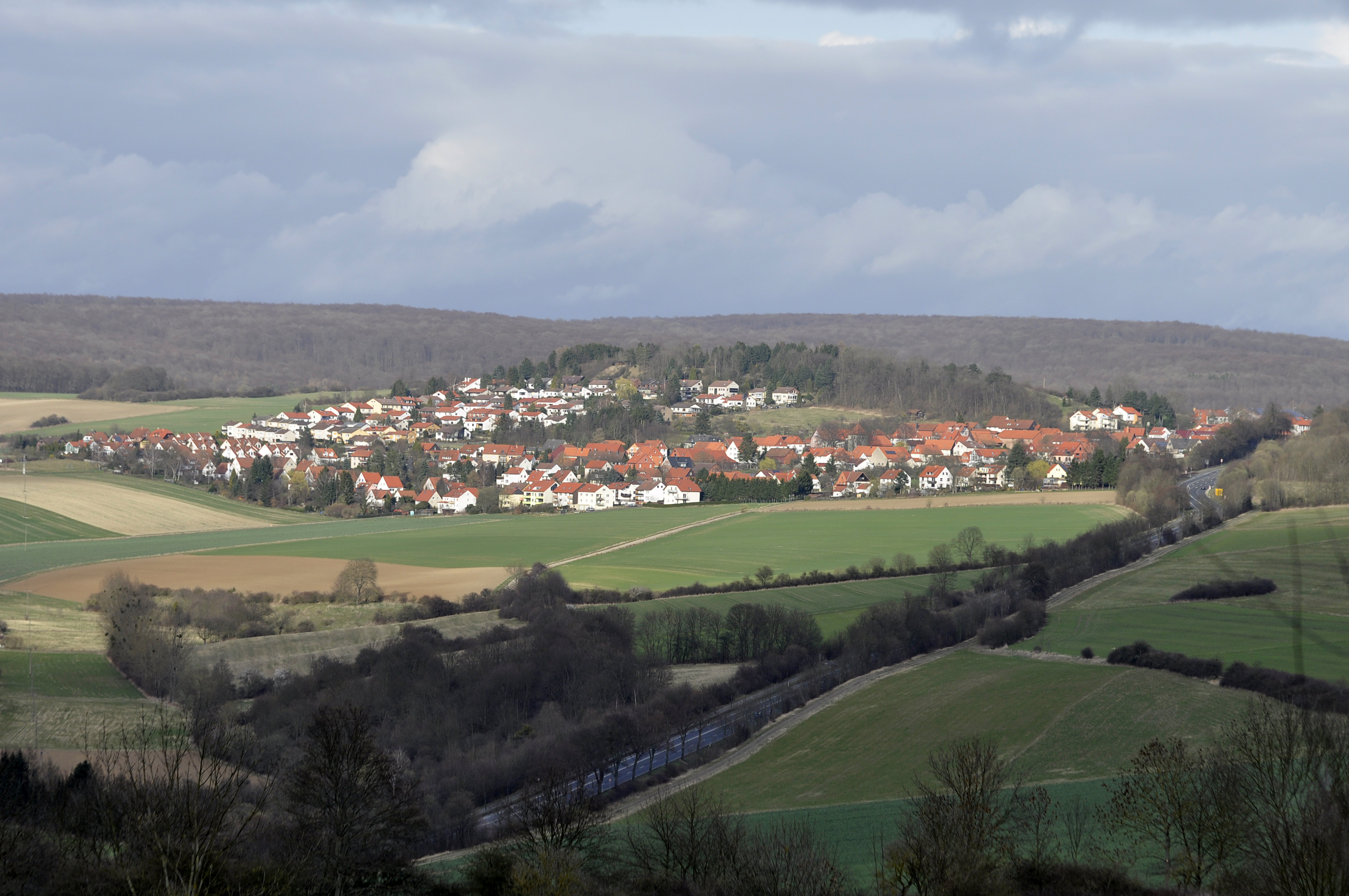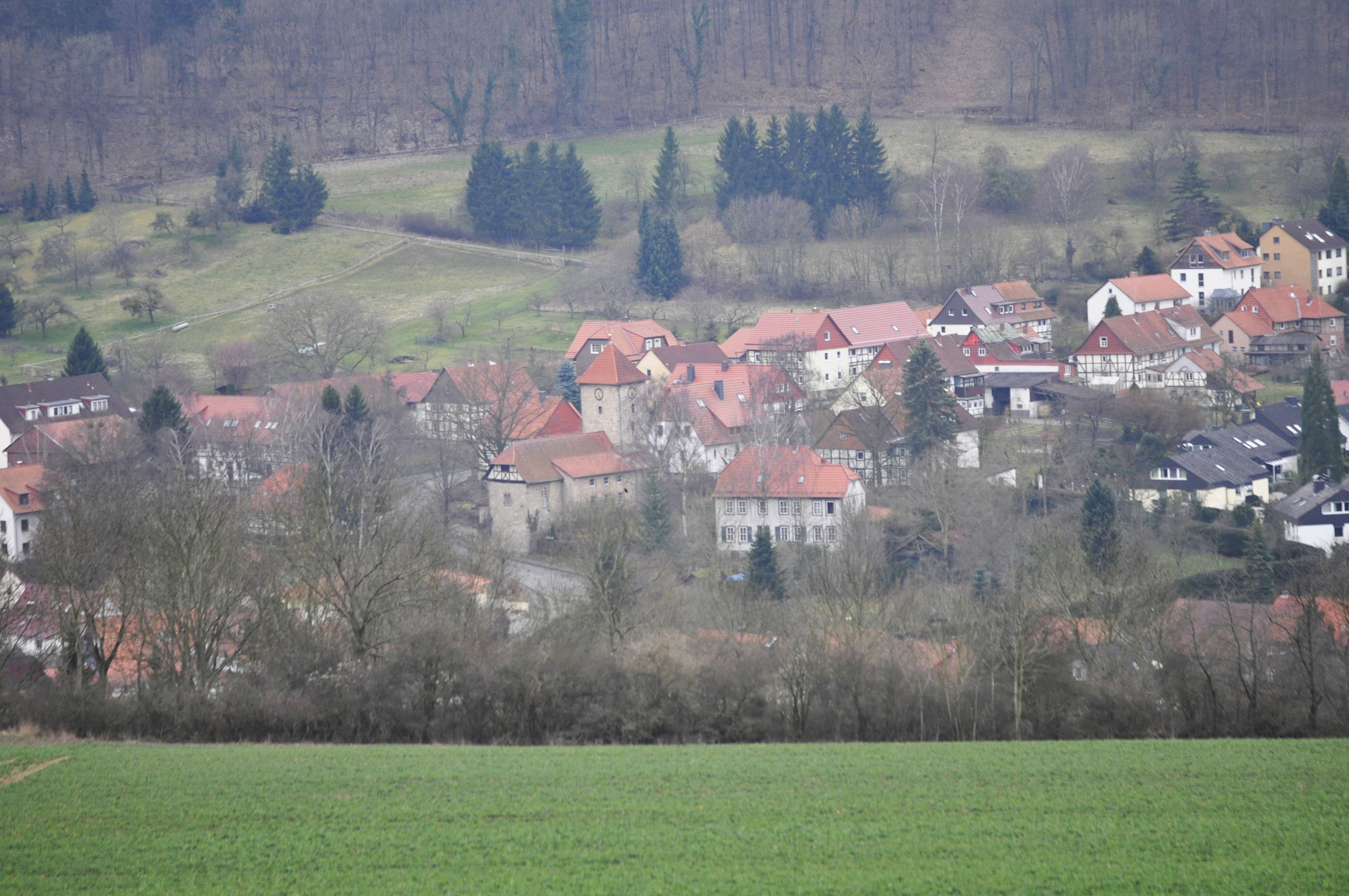|
Roringen
Roringen is a village in the borough of Göttingen, Germany. High on a hill, it is separated from the city proper some 5 km to the south-west by farmlands and part of the Göttingen Forest. History Etymology: Roringen means "settlement by the reed(s)". Roringen is first mentioned in 1162, in a church document. In 1380, Roringen was sold to the City of Göttingen. During the often turbulent Late Middle Ages and the sixteenth century, the village suffered the depredations of war, being largely destroyed on three occasions (1466, 1485 and 1552). In 1582, the village was designated a ''Ratsdorf'', and a militia and police body were established. In 1973, Roringen's political independence ended, and it became a part of the borough of Göttingen. Geography *Elevation: 338 m. amsl *Coordinates:51°34' N 10°1' E The village abuts a large mixed deciduous forest on Menzelberg (hill) while dropping off onto farm-land in the Luttertal (valley) below, in the direction of Göttingen pr ... [...More Info...] [...Related Items...] OR: [Wikipedia] [Google] [Baidu] |
Göttingen
Göttingen (, , ; nds, Chöttingen) is a college town, university city in Lower Saxony, central Germany, the Capital (political), capital of Göttingen (district), the eponymous district. The River Leine runs through it. At the end of 2019, the population was 118,911. General information The origins of Göttingen lay in a village called ''Gutingi, ''first mentioned in a document in 953 AD. The city was founded northwest of this village, between 1150 and 1200 AD, and adopted its name. In Middle Ages, medieval times the city was a member of the Hanseatic League and hence a wealthy town. Today, Göttingen is famous for its old university (''Georgia Augusta'', or University of Göttingen, "Georg-August-Universität"), which was founded in 1734 (first classes in 1737) and became the most visited university of Europe. In 1837, seven professors protested against the absolute sovereignty of the House of Hanover, kings of Kingdom of Hanover, Hanover; they lost their positions, but be ... [...More Info...] [...Related Items...] OR: [Wikipedia] [Google] [Baidu] |
Herberhausen
Herberhausen is a village (borough:''Ortsteil'') belonging to Göttingen, Lower Saxony, in Germany. Geography The village lies to the east of downtown Göttingen, in the Luttertal (valley), under the shadow of the Göttingen Forest The Göttingen Forest (german: Göttinger Wald) is a ridge in Germany's Central Uplands that is up to 427.5 metres high. It forms part of the Lower Saxon Hills in South Lower Saxony. Geography The Göttingen Forest, which is divided in ..., which rises steeply upriver and on both sides of the upper village. The village centre's elevation is 240 metres above sea level. The total area allotted to the borough (mostly forest) is 1524 ha. Etymology In the fourteenth century, the community was called Herborgehusen and Herbergehusen. Toward the end of that century, the shortened form "Herberhusen" became the standard form. History The earliest written document mentioning the town is from the year 1293. On 1 April 1963 the village was i ... [...More Info...] [...Related Items...] OR: [Wikipedia] [Google] [Baidu] |
Germany
Germany,, officially the Federal Republic of Germany, is a country in Central Europe. It is the second most populous country in Europe after Russia, and the most populous member state of the European Union. Germany is situated between the Baltic and North seas to the north, and the Alps to the south; it covers an area of , with a population of almost 84 million within its 16 constituent states. Germany borders Denmark to the north, Poland and the Czech Republic to the east, Austria and Switzerland to the south, and France, Luxembourg, Belgium, and the Netherlands to the west. The nation's capital and most populous city is Berlin and its financial centre is Frankfurt; the largest urban area is the Ruhr. Various Germanic tribes have inhabited the northern parts of modern Germany since classical antiquity. A region named Germania was documented before AD 100. In 962, the Kingdom of Germany formed the bulk of the Holy Roman Empire. During the 16th ce ... [...More Info...] [...Related Items...] OR: [Wikipedia] [Google] [Baidu] |
Göttingen Forest
The Göttingen Forest (german: Göttinger Wald) is a ridge in Germany's Central Uplands that is up to 427.5 metres high. It forms part of the Lower Saxon Hills in South Lower Saxony. Geography The Göttingen Forest, which is divided into numerous separate woods, is found in the south of the Leine Uplands, which is in turn part of the Lower Saxon Hills. It lies in the district of Göttingen east of the city of Göttingen itself, immediately south of the Nörten Forest, west of the Untereichsfeld and north of the Reinhausen Forest with its twin peaks, Die Gleichen. The Göttingen Forest, Nörten Forest and Reinhausen Forest each form part of the Göttingen-Northeim Forest. Several kilometres to the northeast is the ridge of Rotenberg and, beyond that, the Harz Mountains. Northwest of the Göttingen Forest is the Bovenden, north-northwest is Nörten-Hardenberg, to the north is Billingshausen, northeast is Ebergötzen, east is Landolfshausen, southeast is Gleichen and s ... [...More Info...] [...Related Items...] OR: [Wikipedia] [Google] [Baidu] |
Half-timber
Timber framing (german: Holzfachwerk) and "post-and-beam" construction are traditional methods of building with heavy timbers, creating structures using squared-off and carefully fitted and joined timbers with joints secured by large wooden pegs. If the structural frame of load-bearing timber is left exposed on the exterior of the building it may be referred to as half-timbered, and in many cases the infill between timbers will be used for decorative effect. The country most known for this kind of architecture is Germany, where timber-framed houses are spread all over the country. The method comes from working directly from logs and trees rather than pre-cut dimensional lumber. Hewing this with broadaxes, adzes, and draw knives and using hand-powered braces and augers (brace and bit) and other woodworking tools, artisans or framers could gradually assemble a building. Since this building method has been used for thousands of years in many parts of the world, many styles ... [...More Info...] [...Related Items...] OR: [Wikipedia] [Google] [Baidu] |
Waake
Waake is a municipality in the district of Göttingen, in Lower Saxony, Germany Germany,, officially the Federal Republic of Germany, is a country in Central Europe. It is the second most populous country in Europe after Russia, and the most populous member state of the European Union. Germany is situated betwe .... References Göttingen (district) {{Göttingen-geo-stub ... [...More Info...] [...Related Items...] OR: [Wikipedia] [Google] [Baidu] |



